Avoidable Pain in the Pain Cave

Some people call their shed or garage ‘The Pain cave’. Whilst there are times when your legs and lungs should be hurting other parts of your body should be able to get through your training sessions without making their presence felt. With so many people now doing much of their training indoors on turbo trainers I am getting regular messages asking what if anything can be done to alleviate the discomfort that many are experiencing in their nether regions. Firstly we can look at part of the cause of this discomfort and then we will look at some solutions.
When you are out on the road for an hour or more you are freewheeling around corners, coasting occasionally on downhills and rising out of the saddle when you come to a hill. All of these instances give your body a chance to release the pressure on certain areas and often these brief moments of relief are all that are needed to avoid a pressure point developing.
Also, out on the road the bike moves beneath you. It may be a very slight weave or almost imperceptible rock but once again it has the effect of adjusting momentarily where the pressure points are located.
Indoors however, these slight pressure relieving moments are all but lost apart from an occasional rise into what feels like an un-natural position as your head and shoulders bob up and down instead of the bike rocking from side to side as you ride out of the saddle.
You also sweat more indoors, which in turn produces more salt and bacteria. Another possible cause of discomfort.
Neck and shoulders are another area where some experience discomfort. This is often an easier fix than some other areas.
So, lets take a look at some solutions :
SADDLE SORES, and REAR END ISSUES.
- To avoid pressure on the perineum, or centre part where you sit, tilt the front of the saddle downwards by a degree or two. Be careful not to over-do this tilt as excess tilt may cause extra pressure on the hands, neck and shoulders.
- Another item to check when experiencing excess pressure in this area is where you are sitting on the saddle. If you are constantly out on the nose of the saddle letting all of the material at the back of the saddle go to waste you might need to look at moving the saddle forward so that your sit bones are better supported or shortening your handlebar stem (which is often the better option)
- To reduce pressure on the perineum and sit bones drop the height of your saddle by 3 – 5mm. This reduces the chance of your pelvis rocking which reduces the chance of excess friction being generated on your undercarriage.
- Wash your shorts after every use. Non- negotiable.
- Use Chamois cream or if your local bike shop is closed and you can’t get any, you can use vaseline. This again is to reduce friction. One caveat as regards chamois cream is the fact that if you use it all the time it softens your skin in an area where you would ideally like it to be hardened up, or calloused a little.
- Wear a second pair of shorts. This is a solution in some extreme cases but not ideal as it can promote extra movement. An essential point to bear in mind if you are wearing 2 pairs of shorts is that you will also need to drop your saddle by 3 – 5 mm to allow for the thickness of the extra padding.
HANDS, ARMS, NECK and SHOULDERS
- If you are looking at Zwift or Netflix on a screen make sure that you are not tilting your head up or slightly to one side to see it. An hour in a position like that can cause a lot of muscle soreness. Ideally, your TV or iPad should have the screen centred at handlebar height so that you are looking directly at it without putting excess pressure on the neck or shoulders.
- If your hands are getting numb it may be a sign that you are putting too much weight onto your hands. Try moving the saddle back 10 – 15mm (Bearing in mind that for every 3mm back you move the saddle it must also go down 1mm to maintain the correct saddle height) This moves your centre of gravity backwards and should ease the pressure on your hands.
- Every 5 – 10 minutes turn your head slowly to the right and then to the left. Then look up towards the ceiling and then down towards the ground. This gives your neck muscles a break and a chance to reset.
- Just like being out on the road try to keep a slight bend in your elbows and try to have your upper body as relaxed and supple as possible.
ADDITIONAL TIPS
- Always use a fan. A good strong fan can make a huge difference to the amount you sweat when training indoors.
- Wireless headphones, especially earbuds or AirPods can be a real winner when trying to hear every word spoken when watching a movie or series on Netflix with the fan blowing in the background.
- Always have a towel nearby to wipe away any swat that does build up on your brow.
- Drink more water than you would for the same amount of time outdoors.
- Wash your turbo trainer bike regularly. An hour of dripping sweat is almost like taking your bike for a dip in the sea so it will need a good wash at least once for every 5 training sessions.
- Change you bar tape every 2 months if you sweat a lot. Bar tape soaks up sweat. Sweat is full of salt. Salt corrodes the aluminium in your handlebars.
Most, but not all, of the comfort solutions are based around you already having a relatively good position and set up on your bike. When things get back to normal if you ever need a bike fit or positioning consultation feel free to drop me an email to barry@thecyclingblog.com and I will be more than happy to help.
Barry

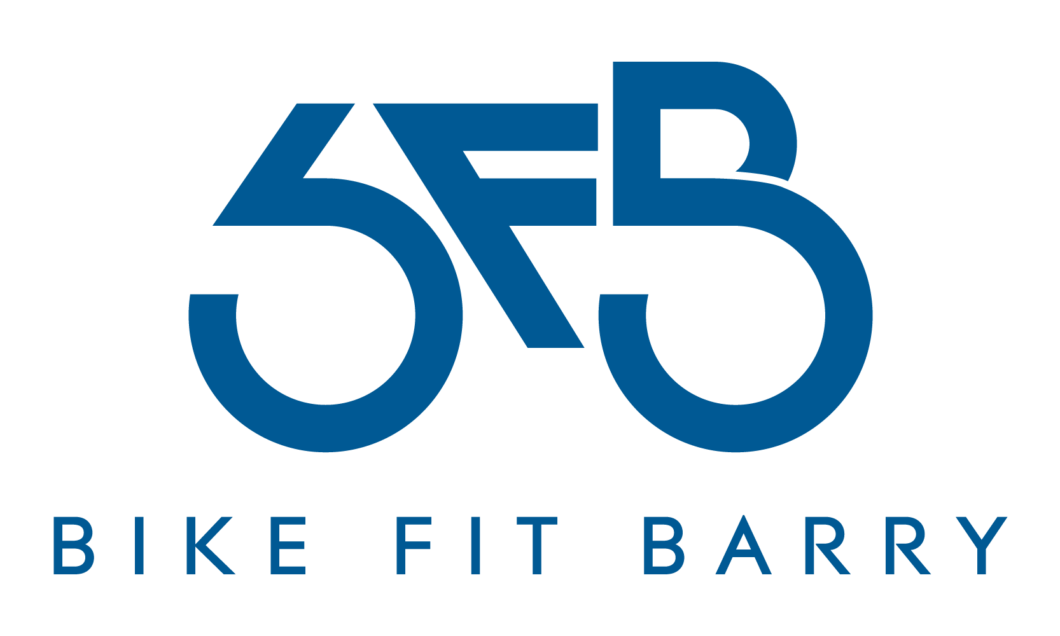
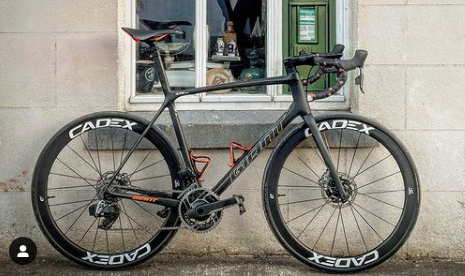
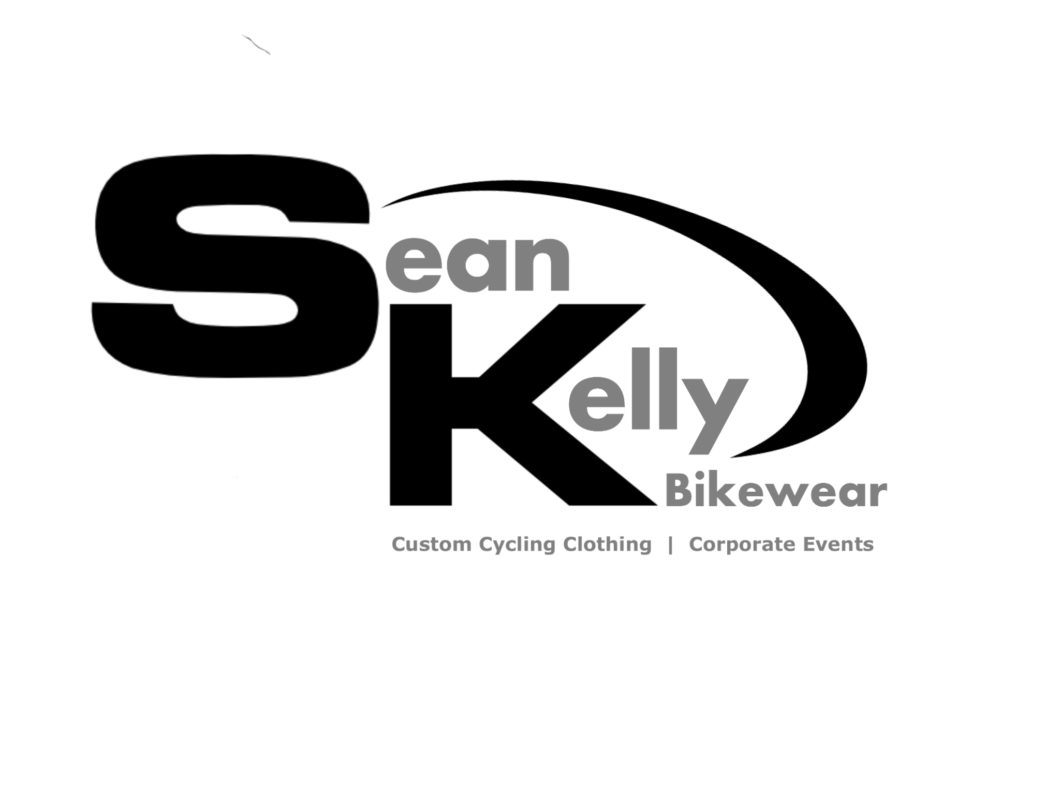

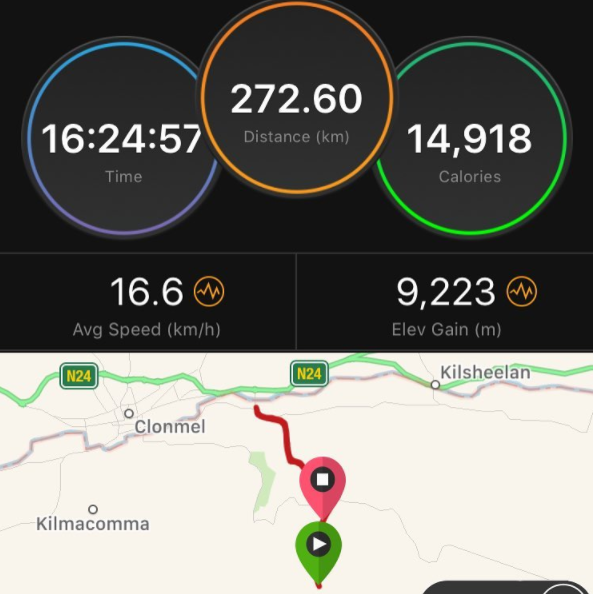
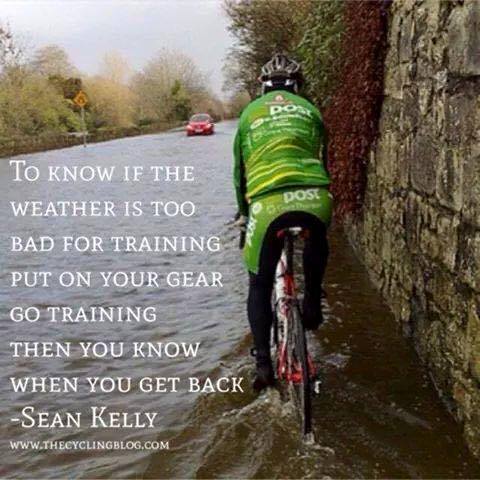
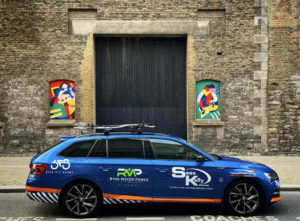
Leave a comment